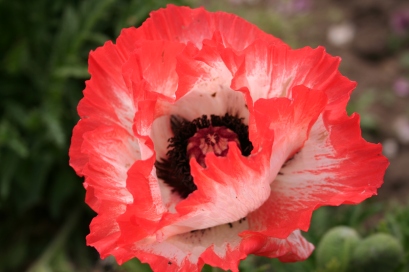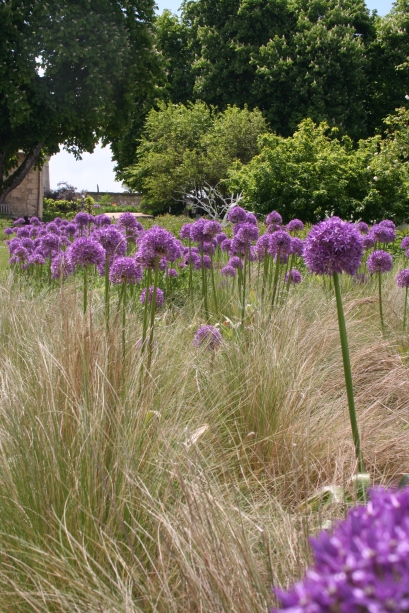In France, and I think it was no better in England, there has been wave after wave of storms from the Atlantic for two or three months now. Of course, here in the centre of France we do not generally have extreme weather, but last night the winds were apparently gusting to 120km/hour and the noise was quite something. No-one slept well.
We are in the middle of strange weather conditions; the warmest winter since 1900 and listening to the forecasts and the news, various regions around the country regularly suffer the effects of three weeks or a months-worth of rain in just a few hours. There is flooding all over France.
Out in the garden our Camellia grisii is in full flower and attracting honey bees! Talking of Camellias, we spotted a real beauty at a local garden centre recently: Camellia x ‘Cinnamon Cindy’, an American hybrid between Camellia japonica ‘Kenyo-tai’ and a Chinese species, Camellia lutchuensis. ‘Cinnamon Cindy’ is upright with small light green leaves which are reddish on emerging. The flowers are 2-3″ in diameter, white with some pink in outer petals, and with nice fragrance. The whole plant reminded us of our C. grisii.
Our Witch-hazel is in full flower with Snowdrops open all around it and Hellebores nearby. Buds are bursting and leaves emerging very early and I have lightly trimmed back a few plants to keep them bushy while still offering a little protection from any cold spell which may come later. I have yet to see a Daffodil flower.
Business took me away from the house for a couple of days in succession and the result, I am sad to say, was the loss of several trays of seedlings which died from lack of water. Antirrhinums suffered particularly badly although I may salvage two or three seedlings. The Petunias were also unhappy and a tray of a hundred is now reduced to a dozen: better than nothing I guess. In the mean time I have sown Basil, a new hardy variety from T&M, double flowering Stocks (they will need cold temperature selection later) and Castor Oil plants from seed collected in the village. Early germinated seedlings are now out of the propagator, either under another window in the loft or on the windowsills downstairs.
Outside the new raised bed Potager is more or less finished; the next step is a bed of woven Willow which I hope to construct shortly (before the itinerant basket-makers find all the best Willow shoots!) There is no shortage of weeding to be done still and I am gradually working ’round the garden between showers.

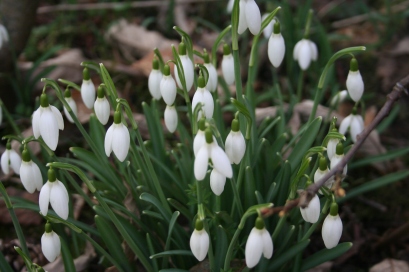

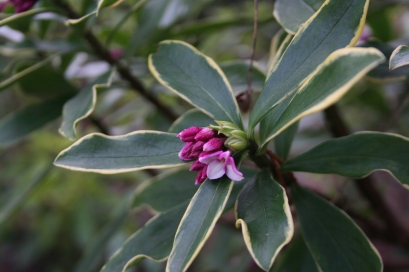





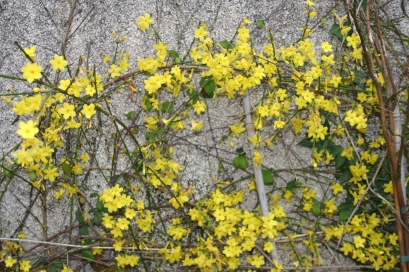

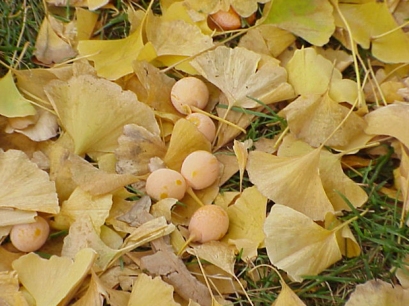
 We always grow Cherry Tomatoes in the garden and in addition to the unfailingly good Sungold I am trying a new variety called Santonio, with plum-shaped fruits. Last year was not good for outdoor Tom’s, but our plantation of Sun Cherry Premium was a great success. We grow a few Courgettes each year, you don’t need many, usually as a mixture to add interest on the plate This year I am trying BBQ mix; last year we had a good crop from another F1 variety early in the season, but Mildew eventually got to the plants and they had to go.
We always grow Cherry Tomatoes in the garden and in addition to the unfailingly good Sungold I am trying a new variety called Santonio, with plum-shaped fruits. Last year was not good for outdoor Tom’s, but our plantation of Sun Cherry Premium was a great success. We grow a few Courgettes each year, you don’t need many, usually as a mixture to add interest on the plate This year I am trying BBQ mix; last year we had a good crop from another F1 variety early in the season, but Mildew eventually got to the plants and they had to go. Sweet corn has not been a success here so far despite being a region where maize is grown commercially. I am hoping the new raised beds will provide better growing conditions provided I am more attentive to their need for water. I like the sweet varieties and have selected Lark F1 this time. Lettuces are traditionally grown amongst the flowers and seem to prefer the lighter soil in the back garden. Coloured foliage is always welcome and I have ordered traditional Lollo Rossa in addition to a Romaine type called Chartwell.
Sweet corn has not been a success here so far despite being a region where maize is grown commercially. I am hoping the new raised beds will provide better growing conditions provided I am more attentive to their need for water. I like the sweet varieties and have selected Lark F1 this time. Lettuces are traditionally grown amongst the flowers and seem to prefer the lighter soil in the back garden. Coloured foliage is always welcome and I have ordered traditional Lollo Rossa in addition to a Romaine type called Chartwell. Growing perennials from seed is something we do each year as it’s a wonderful way to fill up a new garden. This is now extending into the vegetable garden with the purchase of a packet of Artichoke Green Globe Improved. I love fresh artichokes and I am determined to have a large clump despite them dying whenever I buy plants from the garden centre.
Growing perennials from seed is something we do each year as it’s a wonderful way to fill up a new garden. This is now extending into the vegetable garden with the purchase of a packet of Artichoke Green Globe Improved. I love fresh artichokes and I am determined to have a large clump despite them dying whenever I buy plants from the garden centre. Beans are not something I do well but I persevere! For the first time since we moved to France we will be trying Broad Beans and have selected an RHS award-winning dwarf variety called Robin Hood. My wife loves to eat them raw. Climbing beans are my ‘bête noire’, always running out of steam before I have harvested more than a handful. I have been growing them on a pergola where a neighbour’s tree, now removed, competes heavily for nutrients and water. Monte Cristo is going to change all that, I hope.
Beans are not something I do well but I persevere! For the first time since we moved to France we will be trying Broad Beans and have selected an RHS award-winning dwarf variety called Robin Hood. My wife loves to eat them raw. Climbing beans are my ‘bête noire’, always running out of steam before I have harvested more than a handful. I have been growing them on a pergola where a neighbour’s tree, now removed, competes heavily for nutrients and water. Monte Cristo is going to change all that, I hope. Finally, for a bit of fun, I am intending to grow Swiss Chard White Silver 3, of which I know very little but it was recommended in the T&M catalogue by Alan Titchmarch, no less. In addition I am trying Golden Berries (variety Little Lanterns), delicious and very trendy fruits which I last grew in a greenhouse with great success some 25 years ago. Wish me luck!
Finally, for a bit of fun, I am intending to grow Swiss Chard White Silver 3, of which I know very little but it was recommended in the T&M catalogue by Alan Titchmarch, no less. In addition I am trying Golden Berries (variety Little Lanterns), delicious and very trendy fruits which I last grew in a greenhouse with great success some 25 years ago. Wish me luck!









